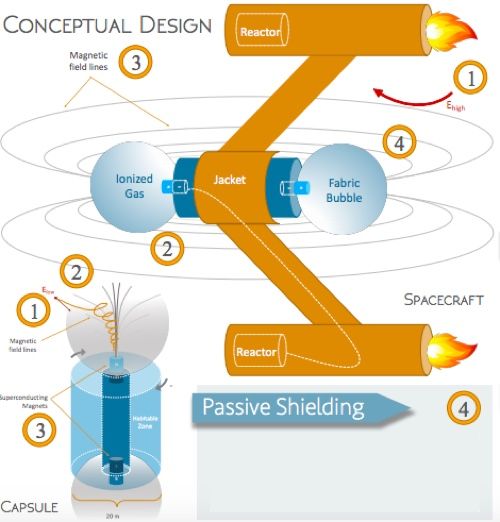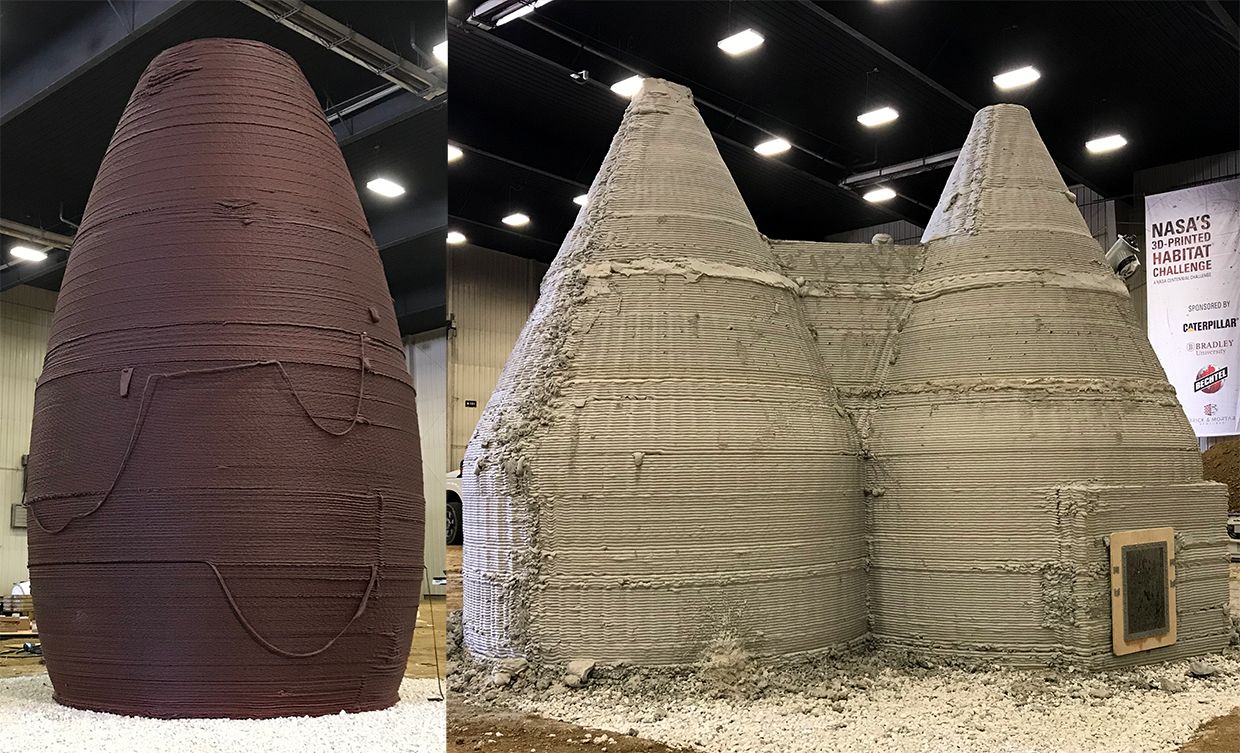Ilmassa on paljon spekulaatiota, että kyseessä ei olisi SuperDraco-moottorin räjähdys, vaan alkupiste olisi aluksen sisällä, joka taas viittaisi paineistettuihin tankkeihin(COPV). Toki tämä on tuon suttuisen videon perusteella todella spekulatiivista. Mutta jos näin on, tämä saattaa heijastua myös Dragon-rahtialukseen, jossa ei ole SuperDracoja(nykyisellään noita käytetään launch escapeen, suunniteltu myös laskeutumiseen), mutta polttoaine on samaa ja käytössä on samat Draco-moottorit joita käytetään kiertoradalla.Lensihän se, ilmaan. Ho hoo. Too soon?
Huh, joku todella paha materiaalivirhe että nestemäistä polttoainetta käyttävät moottorit räjähtävät noin väkivaltaisesti?
Tulee pitkä viivästys. Kesäkuussa oli tarkoitus tehdä nousun keskeytystesti käyttäen tuota kapselia, joka nyt tuhoutui.
Mielenkiinnolla odotan kun asiasta selviää jotain konkreettista, mutta takaisku on todella harmillinen koska myös Boeingilla on ollu ongelmia ja viivästyksiä oman Starliner-aluksensa kanssa. Tämä saattaa jälleen kerran pidentää Yhdysvaltain riippuvuutta Venäjän Soyuz-kyydeistä.






